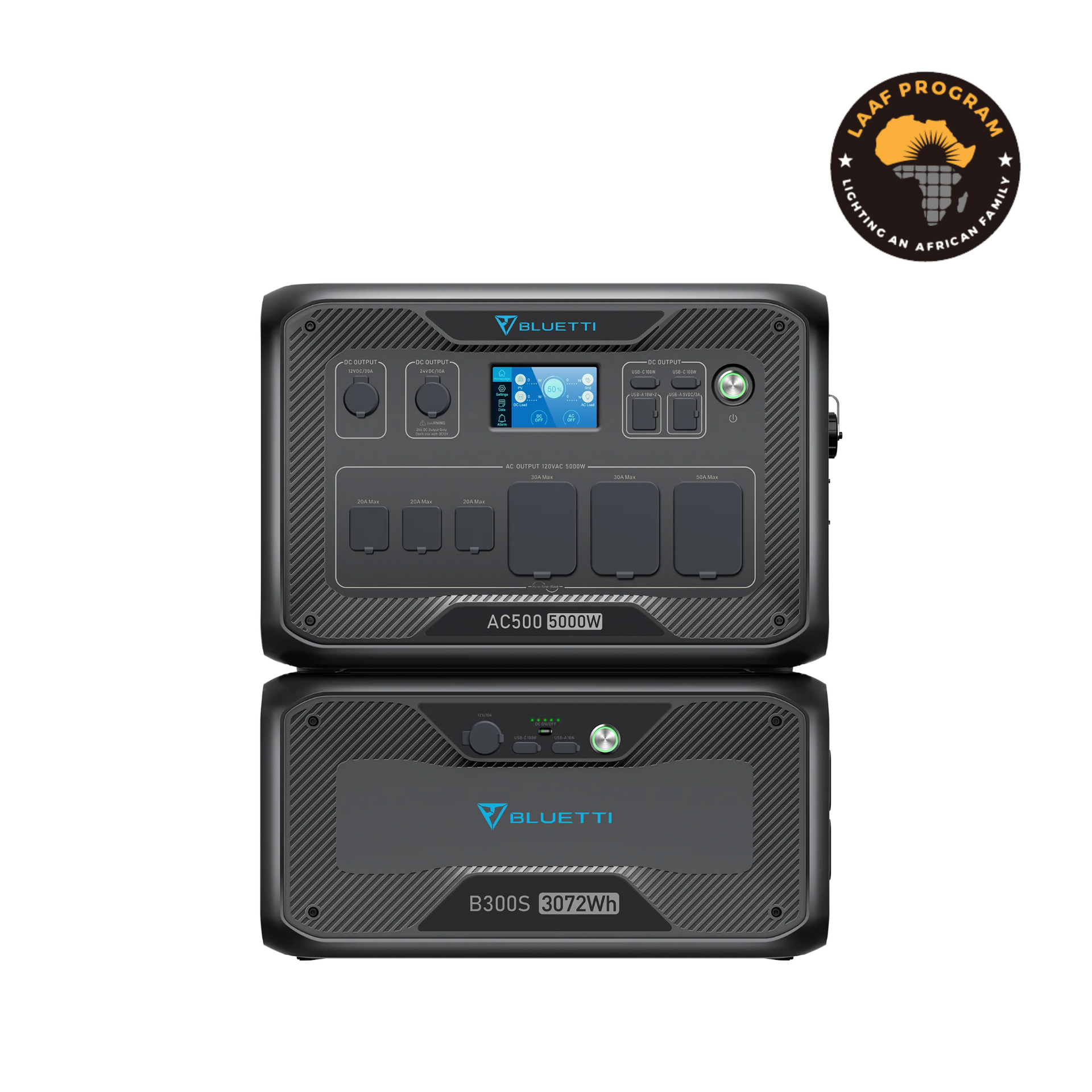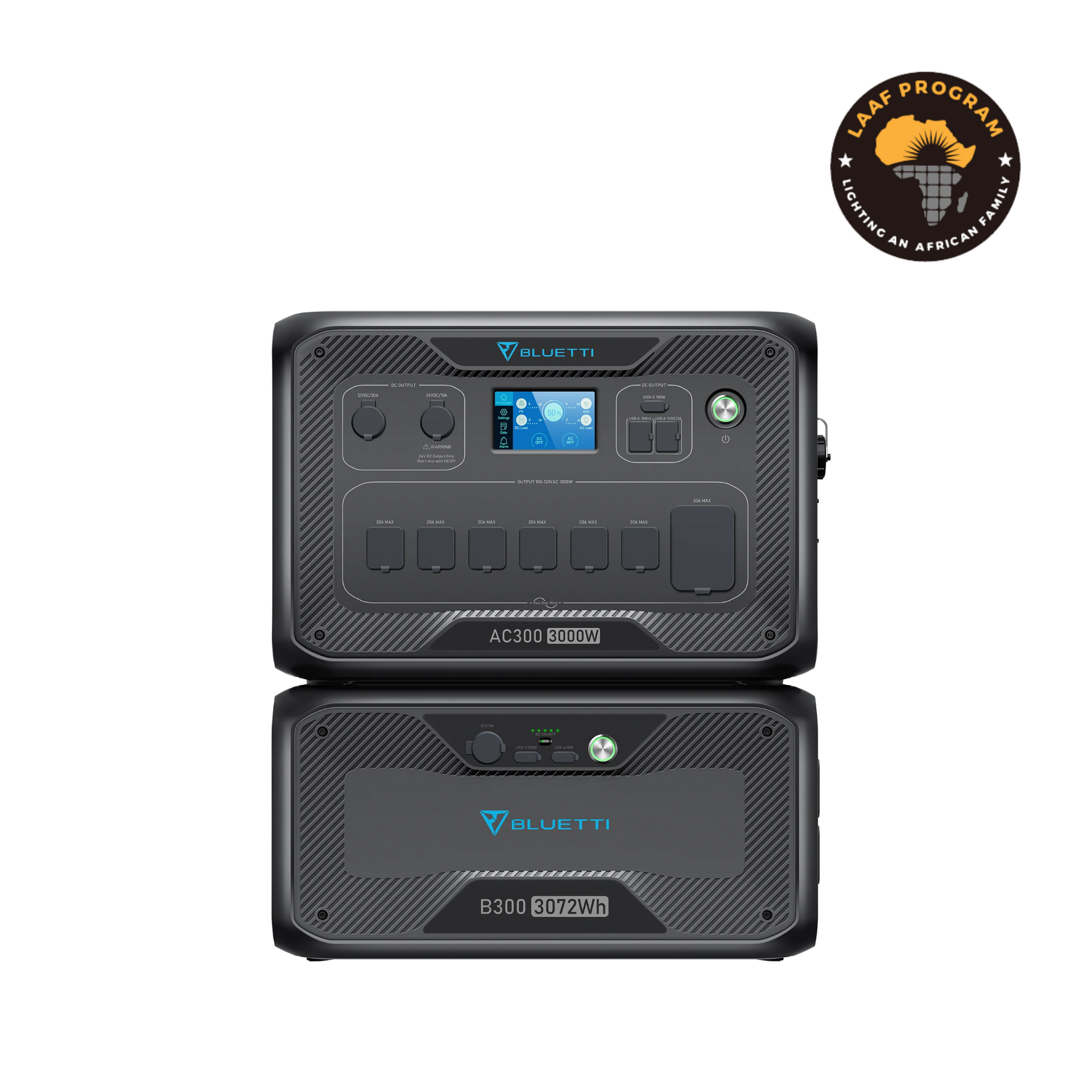Solar energy stands out. It's one clear renewable energy source fast gaining traction in many countries across the globe is solar power, and Canada is no exception. The vast geography and varying climatic conditions across Canada create unique challenges and opportunities regarding the adoption of solar energy. The one important consideration that most people eyeing this green energy solution first consider is the understanding of the cost of installing solar panels in Canada. The cost of the solar panel will be discussed in this guide, looking at things that may affect its price, focusing on their value, and discussing grants available. It will outline how one can select the best solar panel and finally expound on why a home battery backup is necessary. We hope to provide detailed insights helping you make the right decision.
Are Solar Panels Worth Every Penny in Canada?
The solar panel has gained great popularity in Canada due to increasing carbon footprints and energy costs. However, whether the investment in solar panels is worth it depends on many factors. Beginning with the Canadian climate, there are greater climatic variations across this country. Ontario and British Columbia are southernmost provinces that receive more sunlight compared to northern areas, making solar panels more effective and beneficial here.
This brings us to the second factor: electricity cost in your area. For high-rate provinces, such as Ontario and Nova Scotia, it will most definitely pay off. Another significant factor was the more affordable start due to government incentives and rebates. Programs like the Canada Greener Homes Grant make residential solar installations eligible for funding to help make them even more feasible.
Last but not least, there is the environmental impact. Solar panels ensure diminishing greenhouse gas emissions and, therefore, sustainability. They provide a reliable renewable source of energy to mitigate climate change. For many Canadian property owners, therefore, solar panels remain an adequate long-term investment against their immediate benefits and potential savings, especially combined with governmental incentives targeted at encouraging them and favorable regional conditions.
How Much Does A Solar Panel Cost in Canada?

The installation cost is very varying due to so many factors, such as system size, location, panel types to be installed, and other complexities of the installation process. For a solar panel system, Canadian homeowners usually pay around $3 per watt. This price has a full inverter, mounting hardware, and the panels themselves with installation labor.
The size of a solar panel system is typically between 5 and 10 kW for a standard house in Canada. On the low end, a 5-kW system runs approximately $15,000 before any rebates or incentives. Larger systems may be more costly up front but can be more cost-effective per watt. For example, a 10 kW system could cost around $25,000, with a slightly lower cost per watt via economies of scale.
The cost is also affected by geographical location. Installation in remote or northern areas may be more expensive because it involves higher transportation and labor costs. On the other hand, urban areas with more competition among installers may result in better pricing. Besides, different provinces have a raft of incentives and rebates that cut the overall cost. For instance, Ontario and Alberta have quite attractive rebate programs that bring the price down to around $2.70 per watt or even lower.
Equally important in calculating the cost of this installation is the long-term savings consideration. Solar panels are made to last 25-30 years before they may bring in considerable electricity bill savings on their own. Calculating these savings with probable electricity rate increases over time, a solar panel really pays for itself within 8-15 years of its installation; thus, it proves to be quite a sound economic decision for most Canadian property owners.
Does Canada Have Any Grants For Solar Panels?
Canada offers many grants and incentives to make solar energy more everyday for a homeowner. Of these, the Canada Greener Homes Grant comes in very popular by providing funds for home upgrades related to energy efficiency, including setting up solar panels. Grants of up to $5,000 are offered to reduce the cost of daylight collector systems installed at their homes. In addition, there may be a loan program available of up to $40,000 for major works in this field.
There are also provincial programs that offer key incentives to apply solar energy. For instance, in Ontario, the Home Efficiency Rebate Plus allows rebates for a collection of completely different home improvements conserving energy, together with photo voltaic panels. In Alberta, the Residential and Commercial Solar Program extends rebates based mostly on the size of the photo voltaic set up, making the adoption of photo voltaic energy extra low-cost to residing residents.
These grants and rebates were designed to mitigate a good part of the financial burden associated with switching to solar energy, making it quite tantalizing to any homeowner. They decrease the upfront investment cost and reduce the payback time before a home owner will be able to enjoy many benefits that come from solar energy. Homeowners will want to maximize these incentives by doing some homework on available programs in their province. Consulting with certified solar installers who can help them through the application process is also crucial.
What's The Best Way To Select Solar Panels?
There are various important factors to consider. First of all, check the efficiency of the cells of PVs. Efficiency normally refers to a percentage of sunlight that can be converted to usable electricity by the panel. Modern days solar panels are in the range from 17% to 23% in efficiency. Higher efficiency panels come highly priced; however, such panels are more efficient with regards to generating more electricity from the same amount of sunlight, and thus they turn out to be very viable for homes having a small area at their roof top area.
Furthermore, the type of solar panel used should also be kept in consideration. By mainly comparing, there are three types: monocrystalline, polycrystalline, and thin-film. The high-efficiency inconvenience of monocrystalline panels is that they come sleek in appearance and at a premium price. Polycrystalline, on the other hand, are slightly less efficient but come at a budget-friendly price. Thin-film ones are light, flexible, but generally less efficient and durable. It depends on your budget, roof space, and taste.
Another major component of the solar panel system would be the inverter. Inverters change DC into AC, which is what runs your house. There are three types available. They include string inverters, microinverters, and power optimizers. String inverters are cheap and work well for homes with extremely small amounts of shading. Microinverters come on each panel to do better in shaded conditions but are more expensive. Power optimizers offer a middle ground with increased efficiency in partial shading.
The major factors are equally warranty and durability. While many collectors come with a 25-year warranty, check the guarantee on other components of your system, such as inverters or mounting systems. Select reputable brands that have proven their reliability and have robust customer support in place.
Finally, remember the reputation of the installer. Proper installation allows you to make sure it will run efficiently and give you years of expected life. Be certain to deal with installers that have a clean record of many good reviews and vast experience. They can also take you through how to navigate local incentives and building codes compliance in your jurisdiction.
Do I Need a Home Backup to Store Solar Energy?
Yes, a home battery backup is highly recommended for several reasons. First, because solar panels generate electricity during the day but you quite often use more electricity later in the evening or at night, the battery backup stores this excess energy produced during the day for use later when the panels aren't producing electricity, ensuring a constant power supply.
Second, a battery backup can offer energy security in regions prone to frequent blackouts. For instance, homes with a battery backup can run important appliances and systems during blackouts to ensure higher levels of safety and comfort. This becomes very critical in places where the weather might prove hostile and cause power disruption for a longer period of time.
The good choices for battery backup for a homeowner would be:
BLUETTI AC500 +B300S
It provides an output reading of five thousand watts and surge volume of 10,000W. Besides, it has an expandable capacity from 3,072Wh up to 18,432Wh, and uses LiFePO₄ batteries with above 3500 life cycles to 80%. Also, it recharges in many ways, including solar or car. Smart app control further enables remote easy monitoring.
BLUETTI AC300 + 1*B300
This high-power model supports 3,000W of AC pure sine wave inverter power that surges up to 6,000W. It also features a base capacity of 3,072Wh, extendable with more units of B300 for 12,288Wh. Moreover, LiFePO₄ batteries are involved here, thus guaranteeing it will last long—over 3,500 cycles. The device is ready for high demand, with its 240V split-phase bonding supporting many charging methods, such as Solar and AC. Also, featuring the UPS functionality, it allows for smooth backup power in case of outages.
Final Thoughts
Solar panel installations in Canada could save a lot in the long run in terms of expenses, not to forget the benefit to the environment. It might prove rather costly in the beginning, but government grants and incentives really do take down the cost to a bearable extent. In general, with careful planning and consideration, those solar panels can be very useful in any Canadian home.






